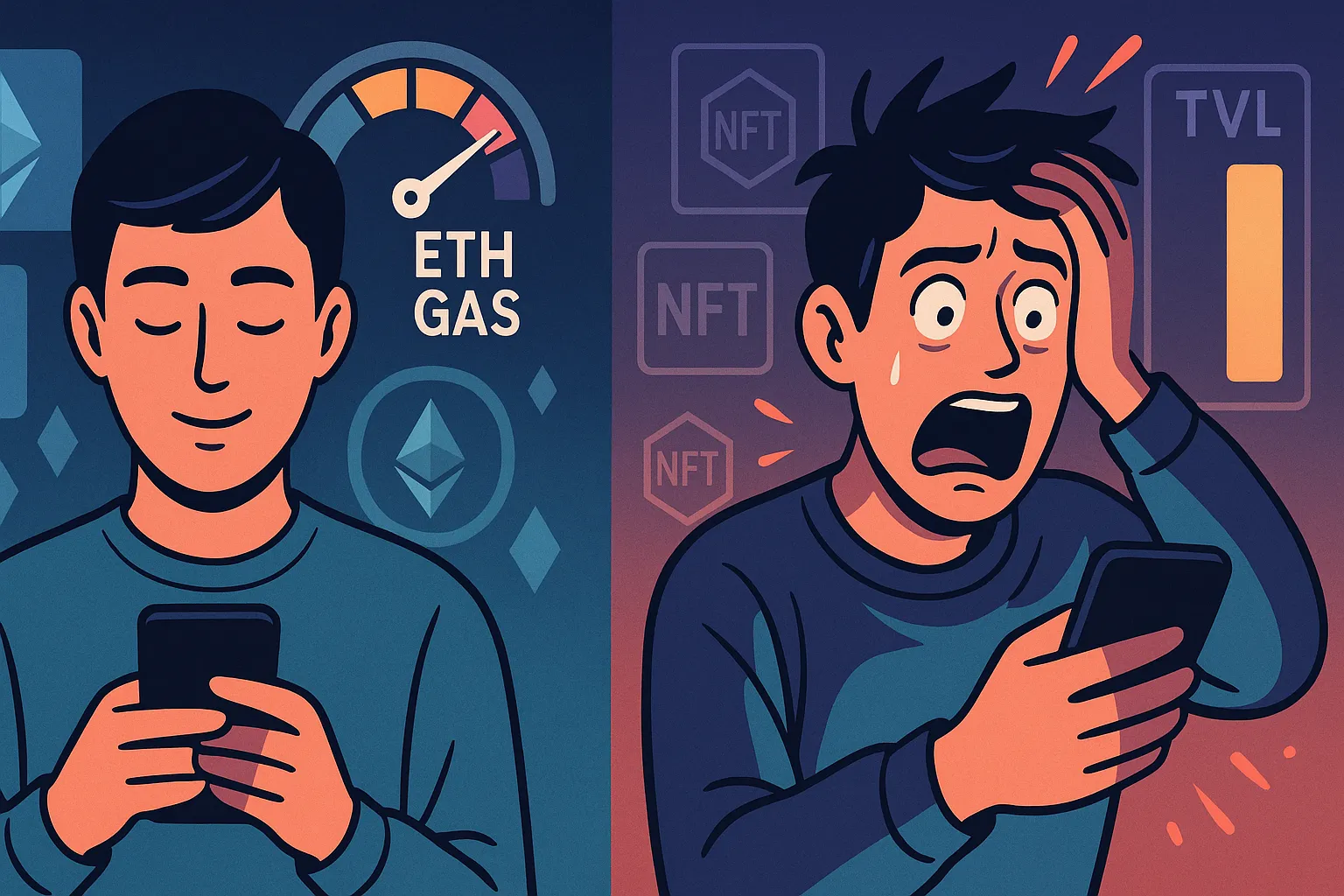When You’re in a Competition Meme – Crypto Edition
When You’re in a Competition Meme: The Ultimate Crypto Edition
When you’re caught in a high-stakes moment—scrambling for that last airdrop spot, elbowing through a congested DeFi yield farm, or timing your mint in a hyped NFT drop—the “when you’re in a competition” meme says it all. This guide breaks down the meme’s roots, how to make it hit different in crypto culture, and how to build a real-time meme engine that’s SEO-primed to climb Google’s ranks.
Table of Contents
- Origins of the “Competition” Meme
- Remixing for Crypto Audiences
- Building Your Crypto Competition Meme Generator
- SEO & Distribution Strategies
- Case Study: PEPE’s Meme Hub Success
- Best Practices & Pro Tips
- Conclusion
- Frequently Asked Questions
1. Origins of the “Competition” Meme
This meme’s classic split-screen style—one chill image, one chaotic—gained traction on Reddit and 4chan. Its appeal? Instantly relatable contrast. It didn’t take long for the format to find a new home in Web3, especially when it came to visualizing the madness of gas wars, mint frenzies, and token scrambles.
2. Remixing for Crypto Audiences
To truly vibe with crypto audiences, remix it with on-chain flavor:
- Context is King: Airdrop races, ETH gas panic, or that last-mint anxiety.
- Live Feels: Layer in real-time ETH gas fees, DeFi TVL spikes, or block height for that edge-of-your-seat urgency.
3. Building Your Crypto Competition Meme Generator
Here’s how to launch your own crypto meme generator with live data:
- Framework: Use Next.js for snappy SSR and Canvas API for dynamic image rendering.
- Real-Time Widgets: Plug in Etherscan (gas), DeFi Llama (TVL), and CoinGecko (token prices).
- SEO Schemas: Add ImageObject and HowTo markup—Google loves it.
- Sitemap: Auto-generate XML entries for each template URL with <image:image> tags.
4. SEO & Distribution Strategies
Follow this path to climb SERPs:
| Rank | Strategy | Why |
|---|---|---|
| 1 | Keyword Targeting | Targets high-intent crypto queries |
| 2 | On-Page Mastery | Boosts relevance & rich results with schema |
| 3 | Community Seeding | Generates niche backlinks in crypto forums |
| 4 | Influencer Outreach | Amplifies reach among traders & developers |
| 5 | Guest Posts & Analysis | Establishes authority on top crypto publications |
5. Case Study: PEPE’s Meme Hub Success
- Challenge: Stand out in the overcrowded memecoin scene.
- Move: PEPE launched a meme hub with real-time token price embeds and let the community mint memes as NFTs.
- Push: Shared it on Reddit, scooped 250+ backlinks in under 14 days.
- Result: Ranked #1 for “rare pepe meme generator” and boosted wallet connects by 75%.
6. Best Practices & Pro Tips
- Refresh data every 30–60 seconds to stay fresh.
- Design mobile-first—fast, clean, easy.
- A/B test captions like “When you’re aping into a liquidity pool” for extra reach.
- Drop small rewards for community-made memes—NFT badges or micro-airdrops.
- Track performance with GA4 events for continuous tuning.
7. Conclusion
When you fuse meme magic with live on-chain data, smart SEO, and Web3-native vibes, you get more than laughs—you build an engagement engine. Start with a clean Next.js setup, sprinkle in live metrics, target long-tail keywords, and drop your link in the right communities. That #1 Google spot? It’s yours to take.
Frequently Asked Questions
What’s the ‘when you’re in a competition’ meme?
It’s a two-panel meme showing calm before the storm—perfect for capturing high-intensity moments in both meme culture and crypto chaos.
How do I make my own competition meme?
Use an online generator where you can pick templates, add spicy captions, and pull in real-time crypto data like gas fees or TVL to give it that fresh, Web3 edge.
Why add live on-chain data to my meme generator?
Embedding real-time on-chain metrics like ETH gas fees or TVL signals freshness and engages crypto-savvy audiences, boosting user interaction and SEO relevance.
How do I optimize my meme generator for SEO?
Optimize your meme generator with targeted title tags, meta descriptions, schema markup, server-side rendering, image sitemaps, and niche link-building within crypto communities.




